Judgment of Steroid Era comes every year at Hall of Fame
June 18th, 2014 Leave a comment
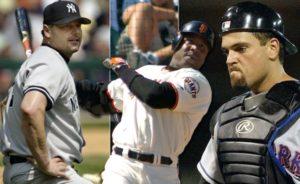
(Editors’ note: Mike Piazza was inducted into the Hall of Fame on July 24, 2016.) Can the game’s story be complete without a plaque of the baseball’s all-time home run leader? Doesn’t the man with the most Cy Young Awards deserve induction? How about the catcher with the most career homers? All have been on the ballot, yet none is enshrined. The allegations pointed toward Barry Bonds and Roger Clemens are well-documented. The case for Mike Piazza remains less clear. Certainly his numbers are certainly Cooperstown-worthy. Amassed in any other era, his 427 homers and .308 lifetime average would be enough to garner the catcher a bronze plaque. Piazza’s six seasons with at least 100 runs batted in, 12 all-star appearances, and ten Silver Slugger awards certainly seem Cooperstown-worthy. In today’s Hall of Fame voting process, however, numbers aren’t enough. That’s where hypocrisy begins to creep in. During the steroid era, the Baseball Writers concerned themselves only with on-field performance. Seven times they voted prickly Barry Bonds the MVP; seven times they cast enough votes for Roger Clemens to receive the Cy Young Award. No one cared then that the players’ statistics might have been aided by performance enhancing drugs. When those same two players were on the Hall of Fame […]
Read More >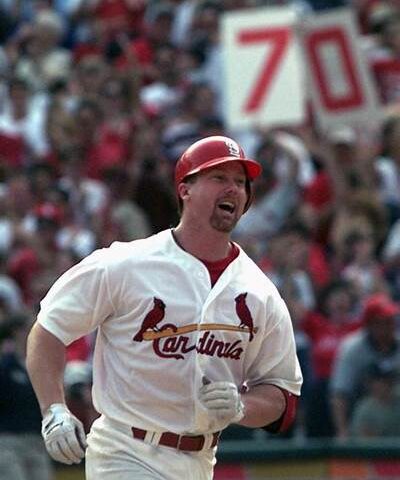
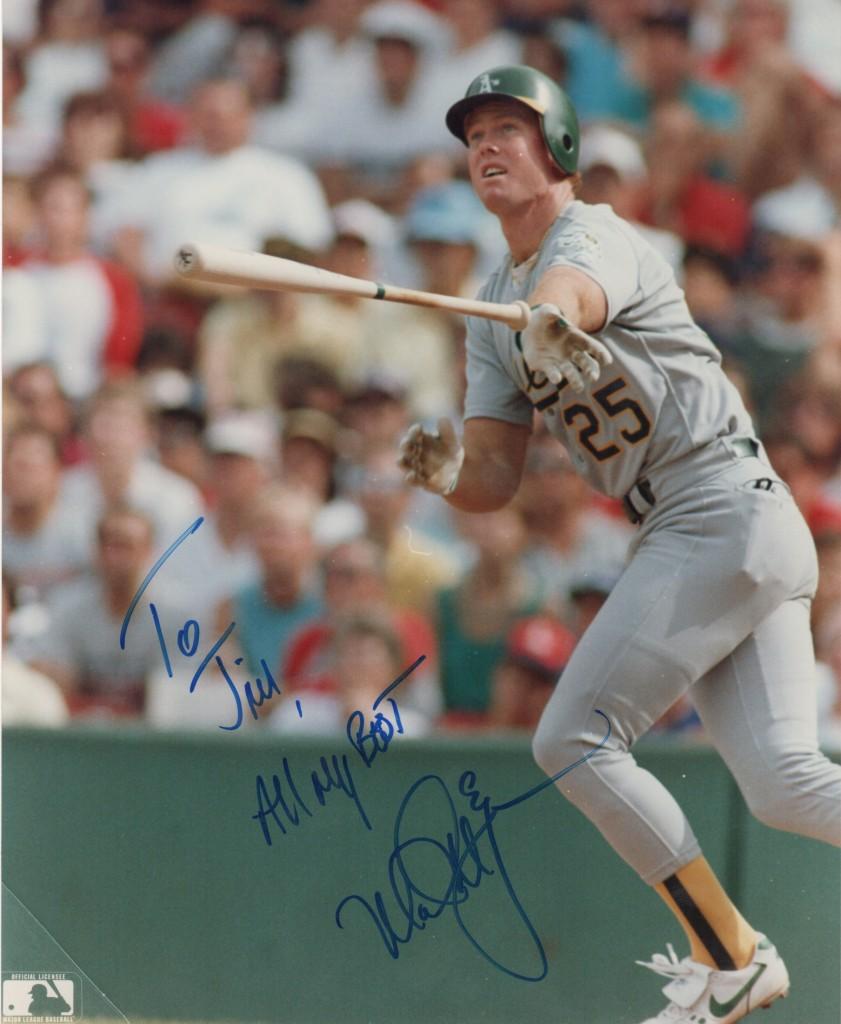
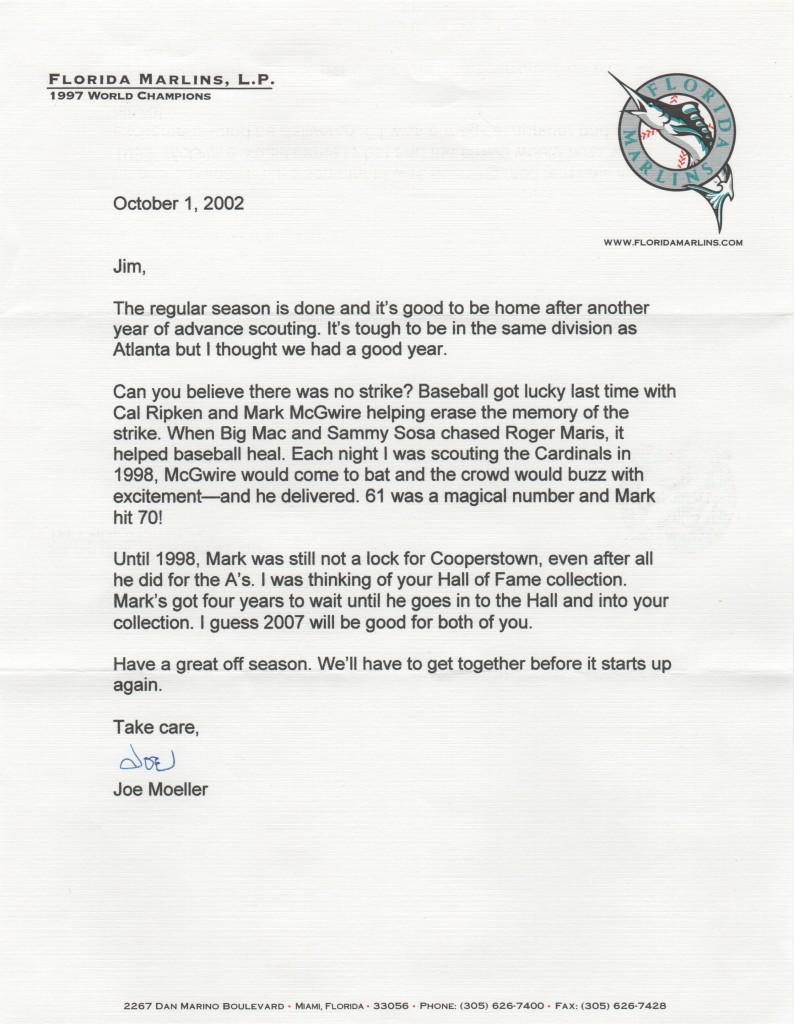
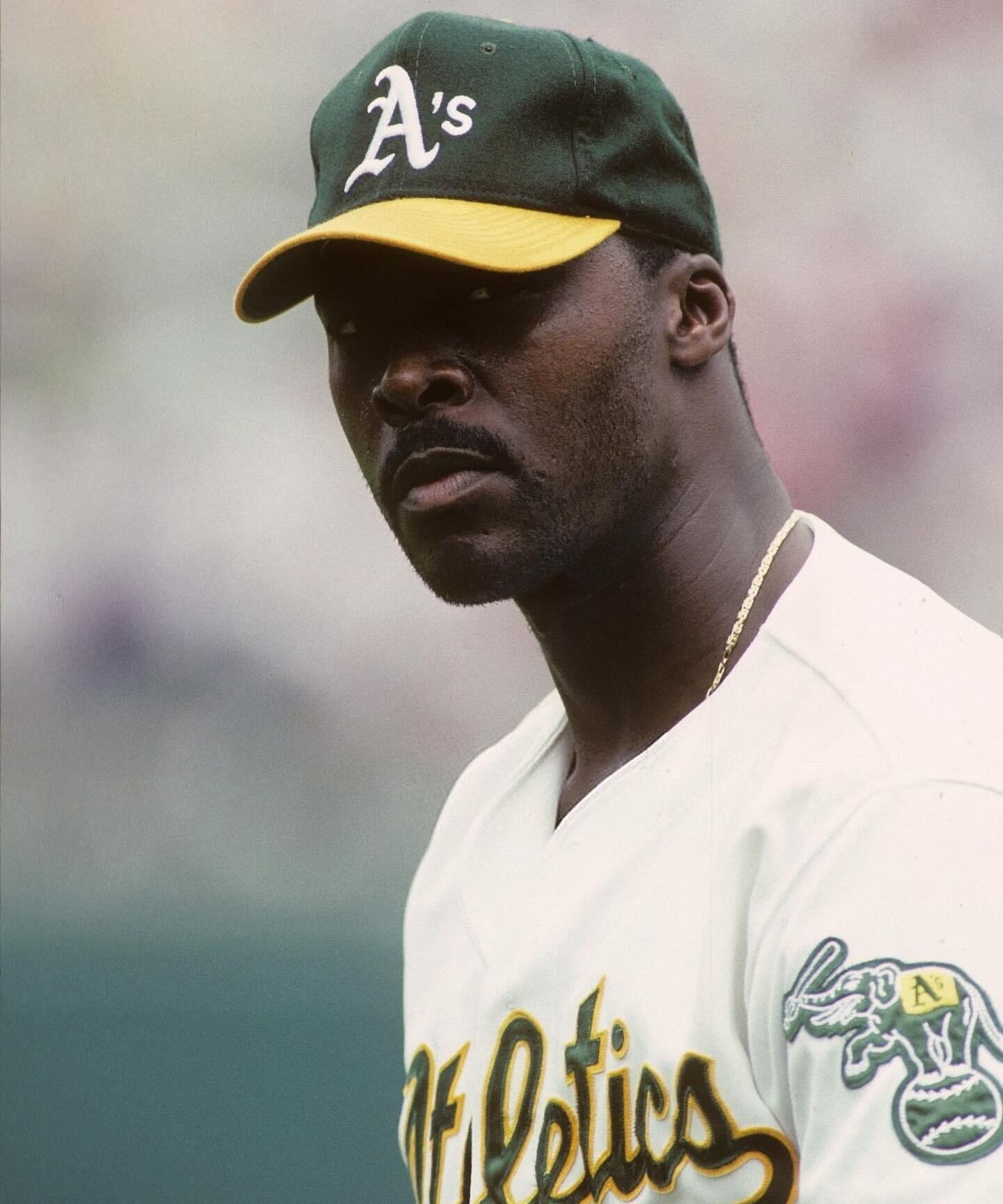
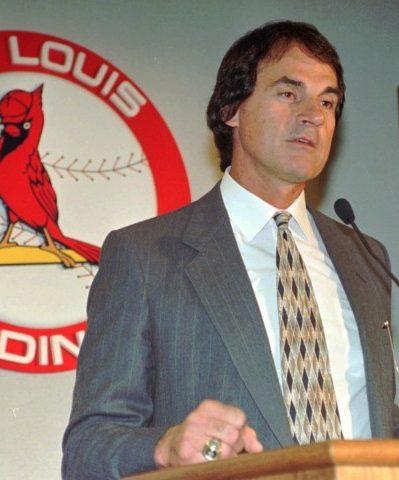
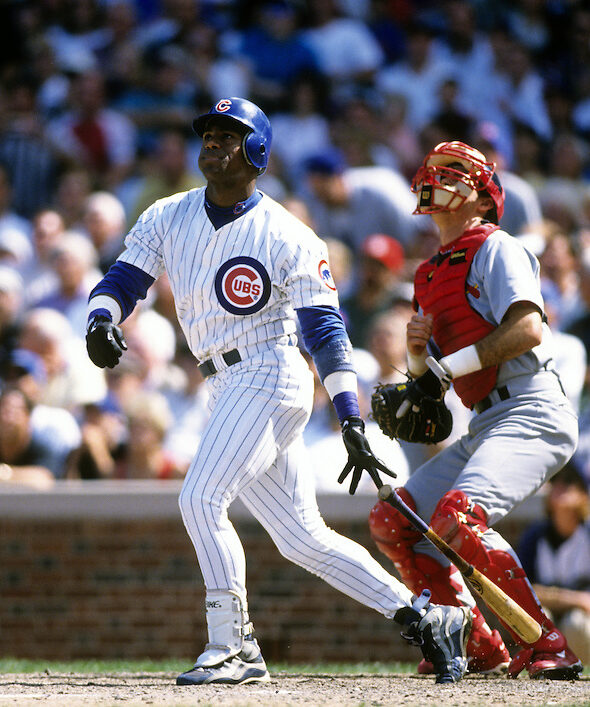
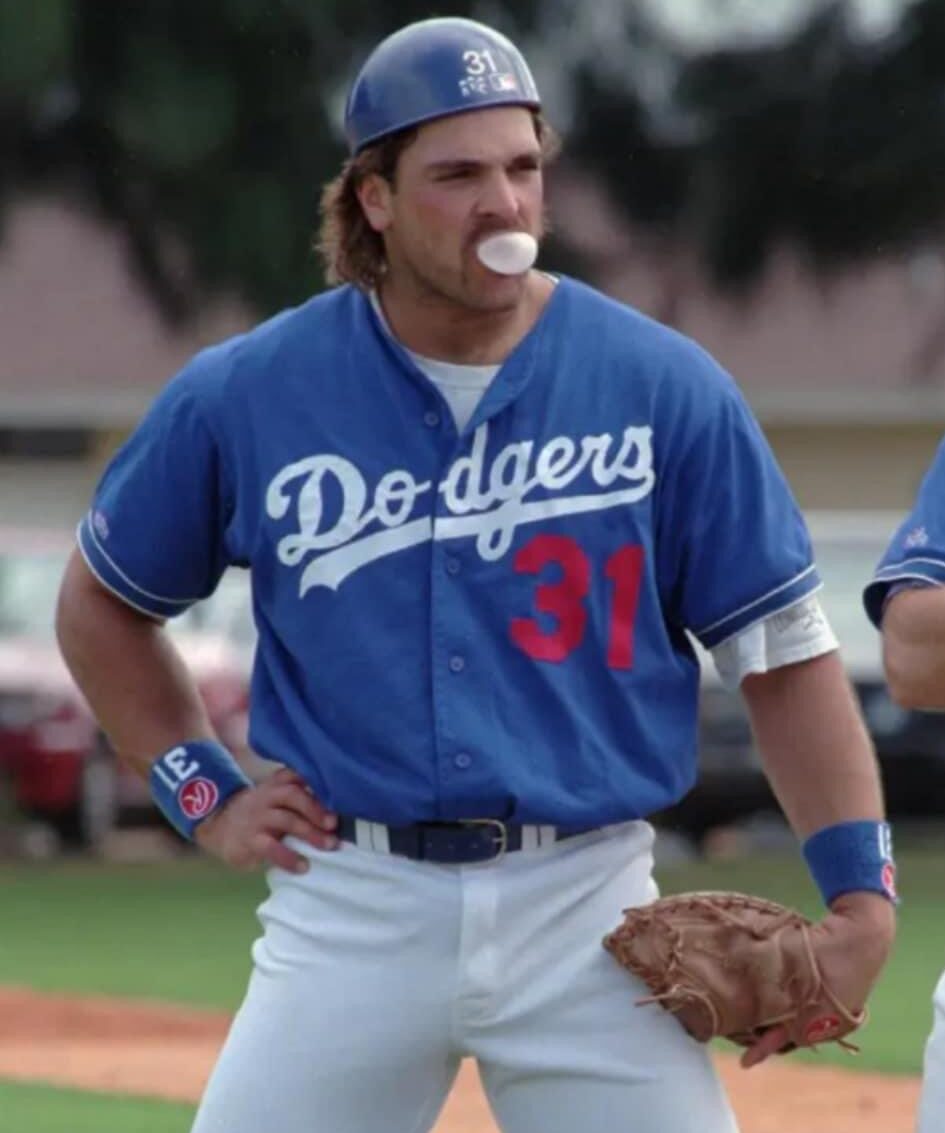
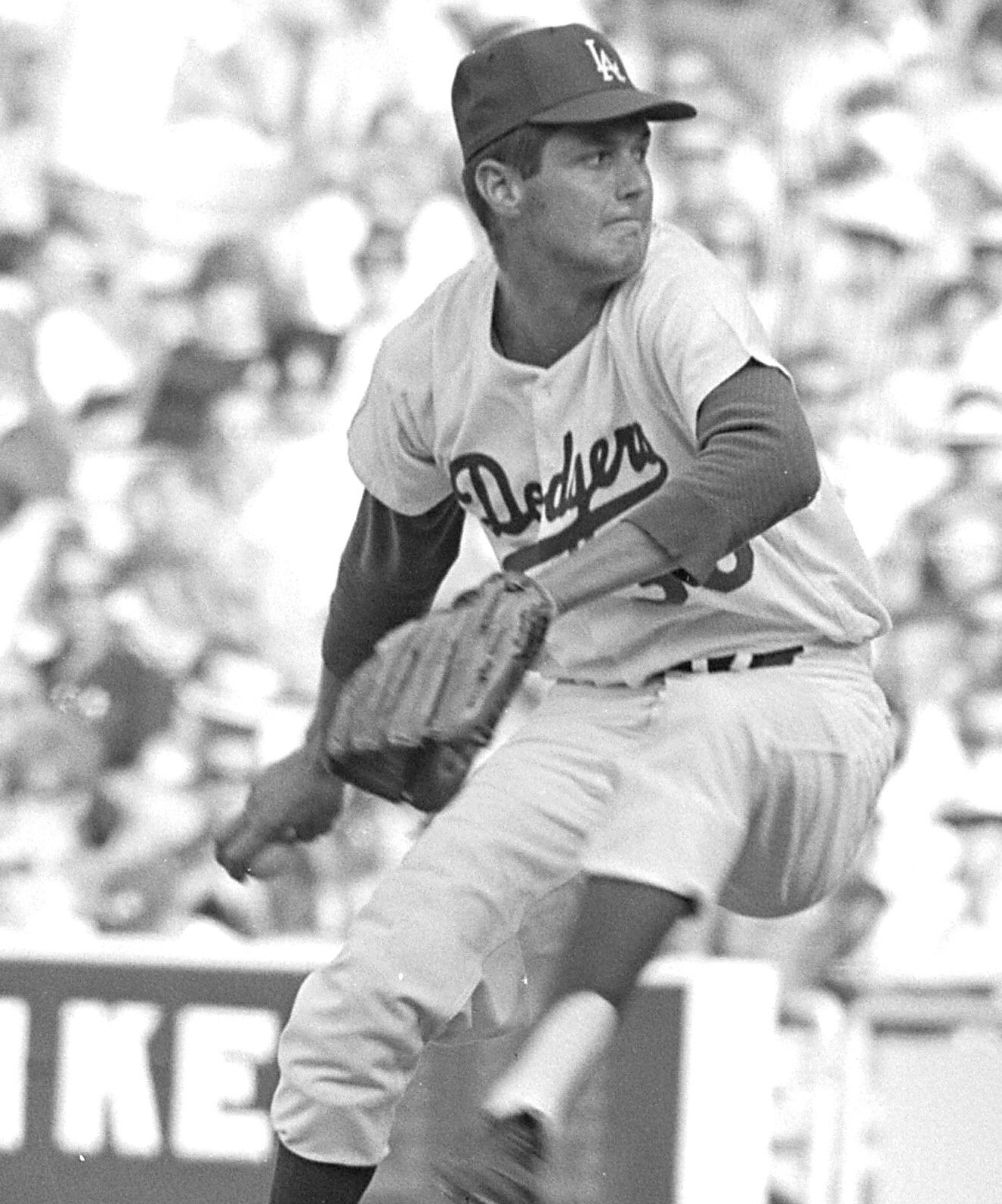

A case for the induction of Mark McGwire:
>>> Substance abuse in baseball has been around for a verrrry long time. In 1889, pitcher Pud Galvin became the first baseball player to be widely known for his use of performance-enhancing substances, specifically of the Brown-Séquard Elixir, a testosterone supplement derived from the testicles of live animals. There is an account of Babe Ruth administering to himself an injection of an extract from sheep testicles, although his concoction ended up making him ill. During World War II, amphetamines were regularly supplied to the troops to improve endurance and mental focus; as a result, amphetamines found their way into the baseball world during the 1950s, thru the 1960s, and likely reaching a peak during the 1970s.
But by the 1970s, players were beginning to see the definite advantage of using new, often synthetically made steroids, as well as human growth hormones. Former pitcher Tom House, active from 1971–1978 and an admitted user, estimated that “six or seven” pitchers on every team were at least experimental users of steroids or human growth hormone, so much so that after losses, players would frequently joke that they’d been “out-milligrammed” by the other team rather than beaten.
>>> It is often stated that MLB banned steroids use in 1991, but none other than the baseball commissioner at the time, Fay Vincent, denied this. He is on record saying that his 1991 memo in no way banned steroids from MLB, but merely passed along the information that Congress considered such substances illegal without a prescription. It was not until 2005 that steroids were officially banned from use in MLB, with HGH banned in 2011.
>>> In 1998, during the Mark McGwire-Sammy Sosa home run chase, Associated Press reporter Steve Wilstein noticed a brown bottle in McGwire’s locker labeled “Androstenedione.” After doing some research, Wilstein understood it to be a legal steroid that was banned by other organizations, but NOT by Major League Baseball.
>>> We know pitchers used steroids, but have no idea how many did and how it affected the game. Since pitchers did not seek to add bulk, they would use different types of steroids, such as Winstrol and Anavar, than what a hitter wanted. These types of steroid did not lead to much weight gain, but did help them gain some strength, with a moderate increase in pitching velocity of 2mph. Perhaps more importantly, these steroids were less damaging to ligaments and allowed the muscles to recover more quickly, meaning when their time to pitch came again, they were better recovered than a non-user.
>>> As has been stated and written in many places, including the major sports magazine, “More than anything else, the home run spree revitalized baseball following the crippling strike that wiped out the 1994 World Series.”
So, we know without questions that baseball players have been abusing substances for decades (not to mention other questionable or illegal activities, such as spitballs and stealing signs – here’s looking at you, Astros). We do not know how many players used steroids to their advantage, but were never caught or implicated. We do not know how many pitchers had their records enhanced or careers lengthened by strategic steroid use. But for some reason, many have decided that the only ones to pay a price for all this “cheating” over the decades are the recent high-profile steroid users.
Look, I am not endorsing substance abuse. I wish that there had never been any of any kind ever in baseball (but then I also wish that all stadiums had been designed with similar dimensions so that comparing stats of different players would be fairer). But I truly cannot find a way to justify keeping some excluded while ignoring so many others who have “cheated” throughout baseball history. It is hypocritical to now be so self-righteous.
Even though there are certain steroid users whom I personally would not like to see inducted into the Hall of Fame, we cannot pick and choose. As many baseball writes and pundits have advocated, it’s too late now to be holding court over steroid users while ignoring what has taken place in baseball in previous decades, and that we should just look at a player’s statistics as they are and make any decisions on induction based upon those statistics, whether we like them or not.